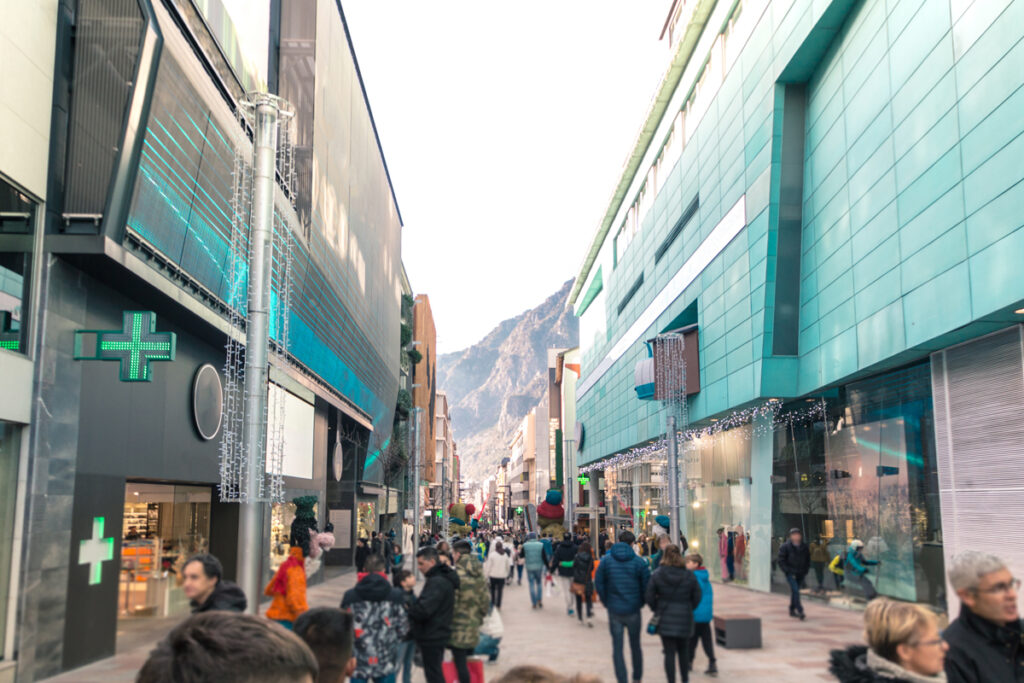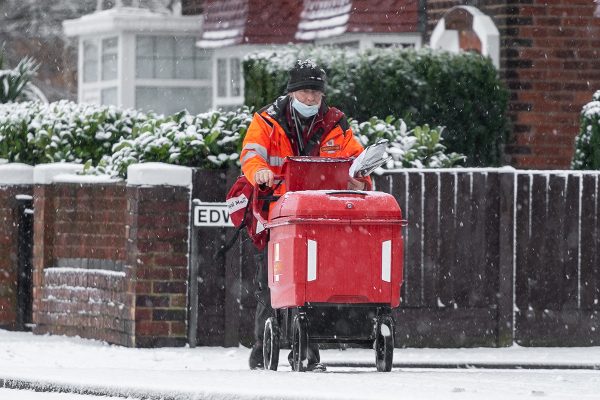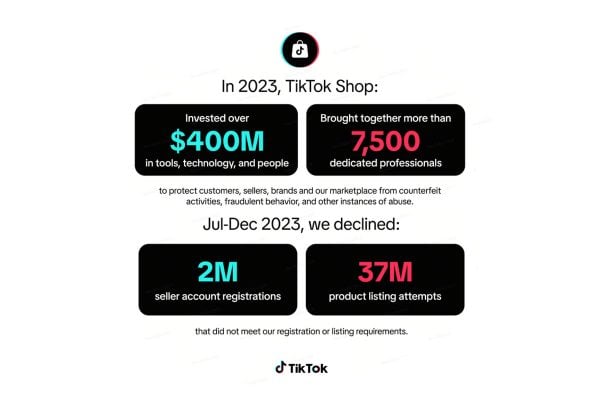 With peak trading almost upon us, Matthew Robertson, Co-CEO at NetDespatch looks at the busiest shopping days and tactics for retailers to manage consumer’s changing expectations:
With peak trading almost upon us, Matthew Robertson, Co-CEO at NetDespatch looks at the busiest shopping days and tactics for retailers to manage consumer’s changing expectations:
We are now well and truly in the Peak shopping season with just 15 days (and counting) until the big day is upon us. With this in mind, retailers and carriers will be stretched to the limit anticipating bumper sales in the count down days. I was therefore interested to read this month, Johnson Controls’ annual ShopperTrak predictions of the top five busiest UK shopper traffic days for peak trading 2019. With more than 1.5 million data collection devices in the retail marketplace, ShopperTrak captures 40 billion shopper visits each year.
Peak trading day
According to ShopperTrak, Saturday 21 December 2019, the last Saturday trading day before Christmas, is predicted to be the UK’s busiest shopping day of the festive period on the High Street. Last year, this day represented a £1.4bn sales opportunity for UK retailers and saw footfall on the High Street surge by 45% on the daily average.
Black Friday isn’t in the top 5 high street peak trading days
Whilst Black Friday (29 November) itself doesn’t rank in the top five busiest days, 30 November (the Saturday after Black Friday) is expected to be the second busiest shopping day of the entire Christmas period, demonstrating the continued importance of the discount day in driving in-store footfall and building momentum into the peak season. Historical analysis also suggests that with only three Saturdays in December before Christmas, footfall in-store on these days will be more pronounced, accounting for Saturday 14 December and Saturday 7 December making the top 5 busiest days, at 3rd and 4thplace respectively.
Black Friday returns and reverse logistics
It is interesting to see how our shopping habits have changed and how we no longer save and buy gifts throughout the year but leave purchasing to those ‘Super Saturdays’ in December. Without a doubt, there has been a huge shift in shopping habits over the last decade and today the rise in online retailers exceeds the expectations of early predictions for what categories of items people would be prepared to buy online. Black Friday shoppers today are much more willing to buy products online and return them if they are not quite right, whereas in years gone by we would never have considered this. In other words, a decade ago, online shopping was mostly confined to items where shoppers could have confidence in what the product actually looked like – products like books – and physical retail was where people wanted to buy clothes and other goods where we can’t tell from a screen whether it is right for us.
In part, this is driven by changes in technology, with improvements in ‘reverse logistics’, but it is also cultural: Millennials and ‘Generation Z’ are more willing to take these sorts of risks online than their parents. This can even be seen in the numbers: In the UK, a staggering 87% of retail purchases now take place online according to a Royal Mail report from 2018, with 48% coming from a mobile device.
The peak trading race
So with this in mind as we race towards those five busiest days in the run up to Christmas, what can carriers and retailers alike do to prepare for this peak period now in these last couple of weeks?
The significant volume of parcels being delivered within this short window can bottleneck various points of the supply chain: from warehouse picking, to transit, and even response times to customer queries surrounding the delivery of their purchases, all of which can cause shoppers to view their buying experience in a negative light.
Most savvy retailers and their carriers will be well and truly aligned and ready but for those who are still grappling with their peak preparation, especially those smaller online retailers, here are a few pointers:
Retailers need to ensure that they have committed to upscale the delivery network. Retailers are now fully versed with regards to the plethora of delivery locations and timescales that consumers demand during this peak season and should have streamlined their teams, in a bid to ease the enormous stress that can befall their fulfilment and operations staff. If they haven’t already done this, I would recommend they do this as a priority now.
Likewise, retailers will be aware that their inventory now needs to distribute goods almost immediately after a purchase has been confirmed and so need to ensure that they have boosted the size of these teams and conducted stress tests, to ensure that they are adequately prepared, moreover, they need to ensure that their preferred carriers are also aware of predicted volumes so they too can prepare.
That said, Black Friday does not mean that retailers have to change their delivery options for customers. Instead, to avoid disappointing them, retailers need to streamline their services, increase staff and choose the right trusted carrier to ensure they are prepared to take on the challenge. This is where we can help with our seamless online parcel shipping capabilities which can really make a difference, with automated labelling, pre-advice solutions and documentation it means that carriers know they can seamlessly ship parcels out the door.
By the time you read this article, the number of days to Christmas will be less and the race for peak will be well and truly underway, therefore make sure that you have Christmas wrapped up and that you deliver a great service to shoppers.











One Response
We usually do well Black Friday and the following 3 weeks (online seller).
Last year that period of time – less than a month – was 40% of our entire annual sales. In past 8 years that has varied between 35% and 50% of entire annual sales.
Rest of the year we trade and we make a profit most months. Everything is aimed at that short window of time however to make the big profits.
And skip the most sleep. 🙂
Planning takes a fair bit of time, getting the right stock in and having it available to sell in the critical window – if it sells out beforehand there is almost no chance of getting replacements of that item that year. And the planning usually pays off.
Including pre-packing some stuff ready.